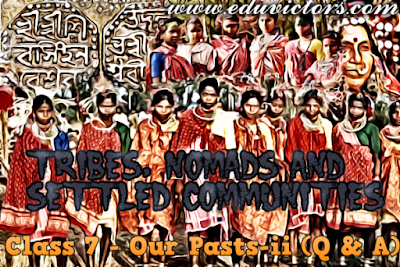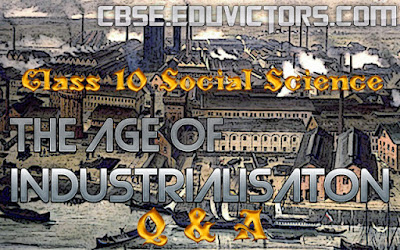Chapter 7 - Tribes, Nomads and Settled Communities
Q & A
Q1: What was the varna system of the Indian society?
Answer: In large parts of the subcontinent, society was divided according to the rules of Varna. These rules, as prescribed by the Brahmanas, were accepted by the rulers of large kingdoms. The difference between the high and low, and between the rich and poor, increased. Under the Delhi Sultans and the Mughals, this hierarchy between social classes grew further.
Q2: Who were tribals?
Answer: Many societies in the subcontinent did not follow the social rules and rituals prescribed by the Brahmanas. Nor were they divided into numerous unequal classes. Such societies are often called tribes. People of these tribes were called the tribals.
Q3: Fill in the blanks
1. In Punjab, the ________ tribe was very influential during the 13th and 14th century.
2. The ________ was a large and powerful tribe in the northwest.
3. ______ and _______ were the two tribe of northeast.
4. ______ and _______ were the two tribes of Maharashtra.
Answer:
1. In Punjab, the
Khokhar tribe was very influential during the 13th and 14th century.
2. The
Balochis was a large and powerful tribe in the northwest.
3.
Nagas and
Ahoms were the two tribes of the northeast.
4.
Kolis and
Berads were the two tribes of Maharashtra.










